Use data from input-output tables to graph points with this set of differentiated worksheets.
Use Input-Output Tables When Graphing Points
Have your students learned how to create ordered pairs for an input-output table? If so, the next skill they may learn in math is how to use these values to graph points on a coordinate plane. Students will learn the correct order to plot a point within the first quadrant and then the additional quadrants of the plane. When teaching how to plot points, it is important to teach them the order in which to move on the coordinate plane. Students must move along the horizontal x-coordinate and then move along the y-coordinate. Where these lines meet is the location of the ordered pair point. Students will have ample practice completing tables and graphing the coordinates on a coordinate plane.
With this set of differentiated worksheets, students will use input-output tables to create ordered pairs and plot the points on a coordinate plane. The versions of this resource are as follows:
- Circle: The ordered pairs are single-digit numbers to graph within the first quadrant. The rules are limited to addition, subtraction, and multiplication.
- Triangle: The ordered pairs are double-digit numbers to graph within the first quadrant. The rules include addition, subtraction, multiplication, and division.
- Square: The ordered pairs include positive and negative numbers to graph within all four quadrants.
An answer key is included with your download to make grading fast and easy!
Tips for Differentiation + Scaffolding
If there are students who need a bit of a challenge, assign them the higher-level version, marked with a square. Students can work with input-output tables focusing on positive and negative numbers as well as graphing in all four quadrants.
Consider assigning the lower-level version marked with a circle for students who need additional support. Students can work with input-output tables focusing on single-digit numbers and graphing within the first quadrant. Additionally, this worksheet can be completed in a 1-on-1 setting or small group setting.
🖨️ Easily Download & Print
Use the dropdown icon on the Download button to choose between the PDF or editable Google Slides version of this resource.
Turn this teaching resource into a sustainable activity by printing on cardstock and slipping it into a dry-erase sleeve. Students can record their answers with a whiteboard marker, then erase and reuse them.
This resource was created by Cassandra Friesen, a teacher in Colorado and Teach Starter Collaborator.
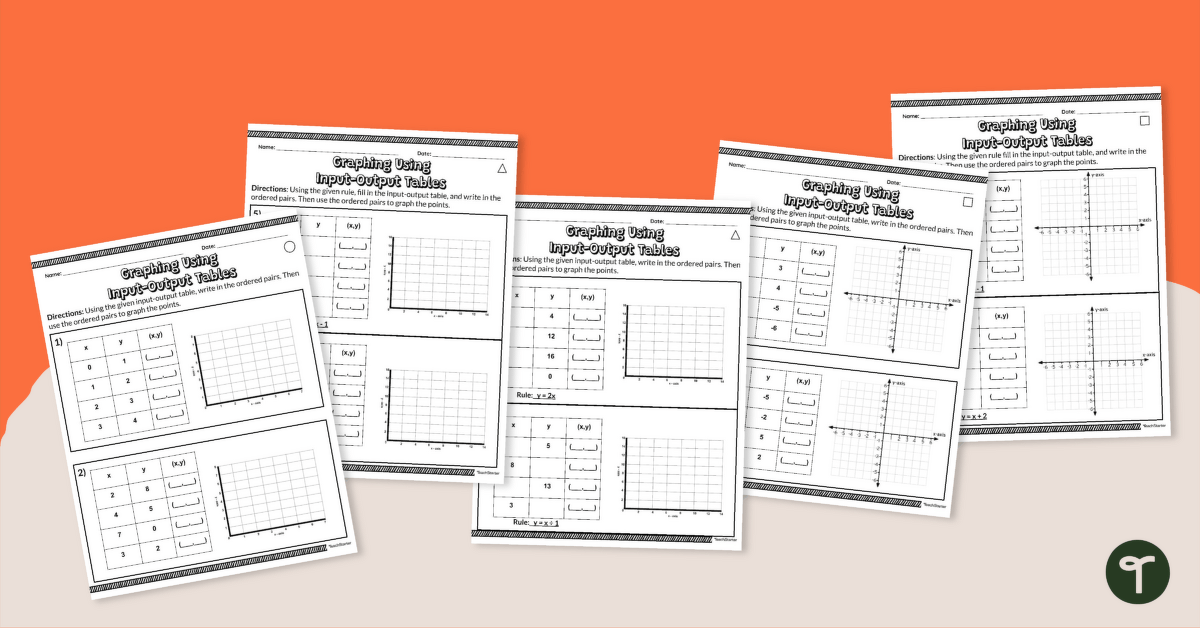

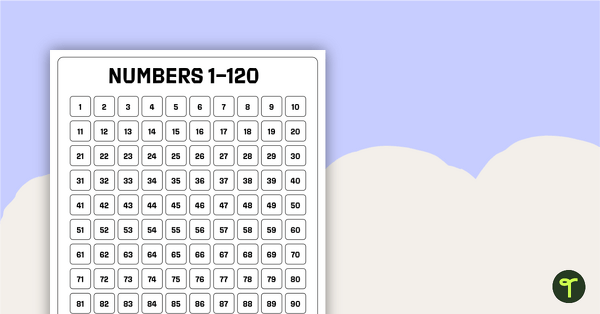

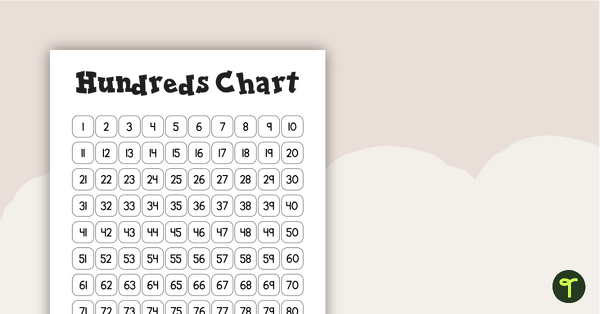
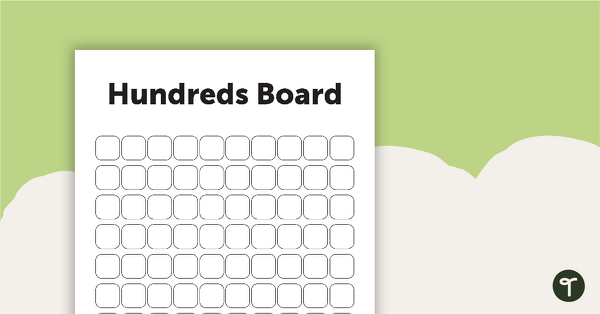
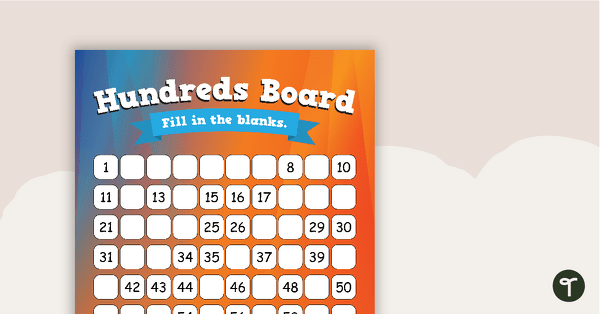
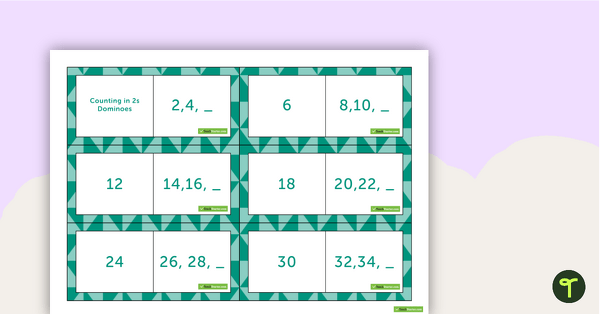
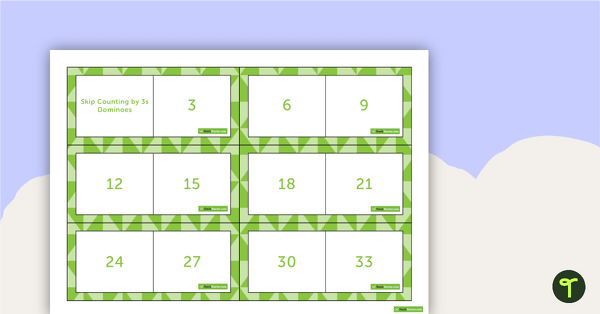
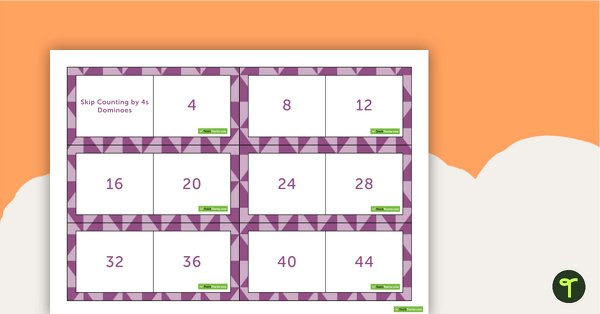
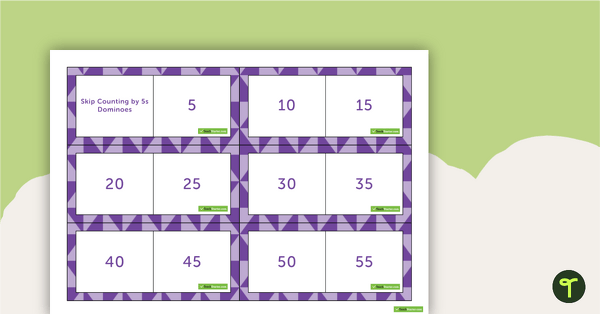
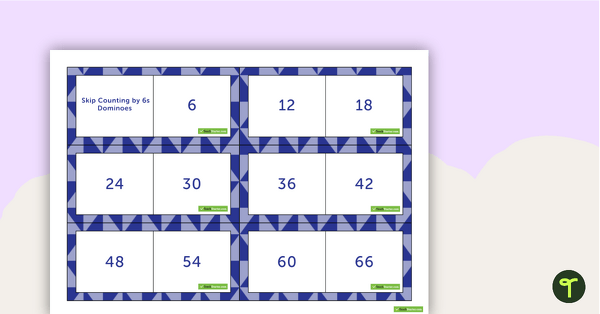
0 Comments
Write a review to help other teachers and parents like yourself. If you'd like to request a change to this resource, or report an error, select the corresponding tab above.